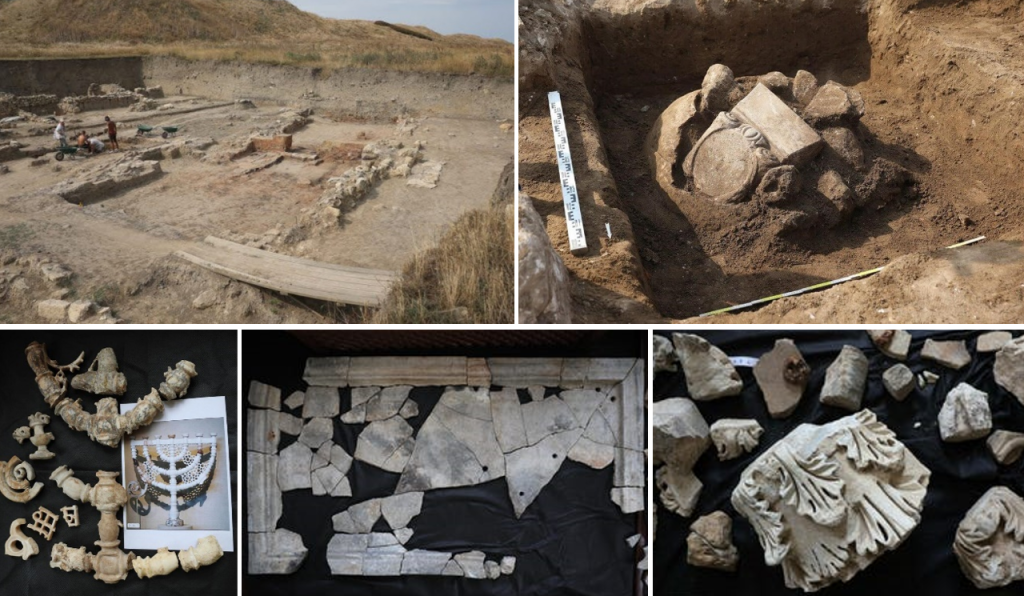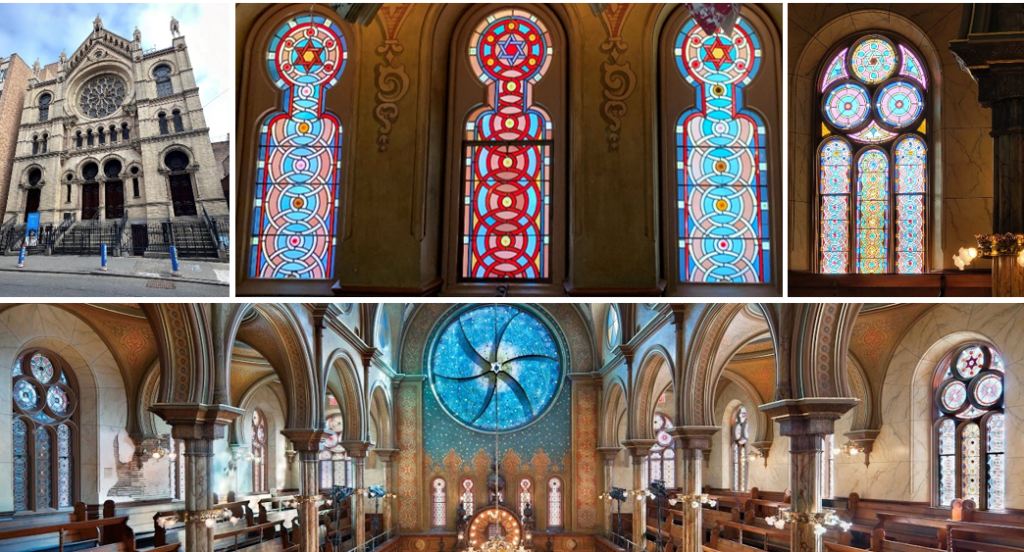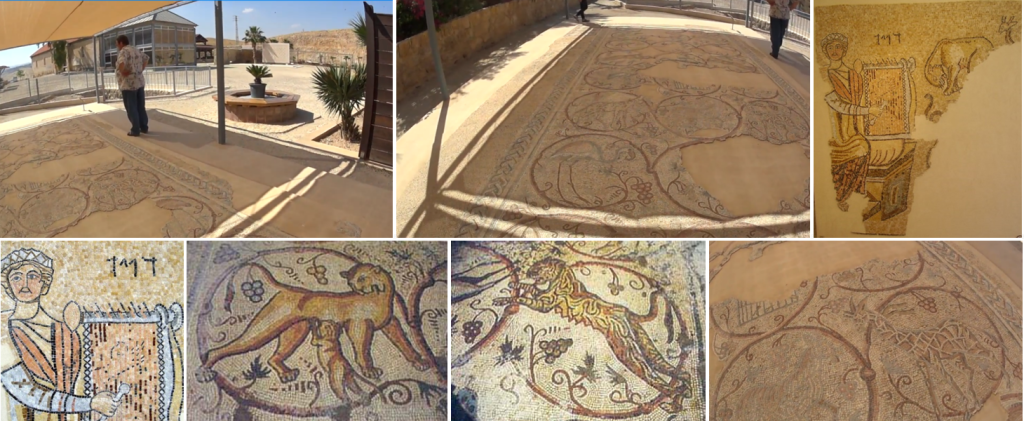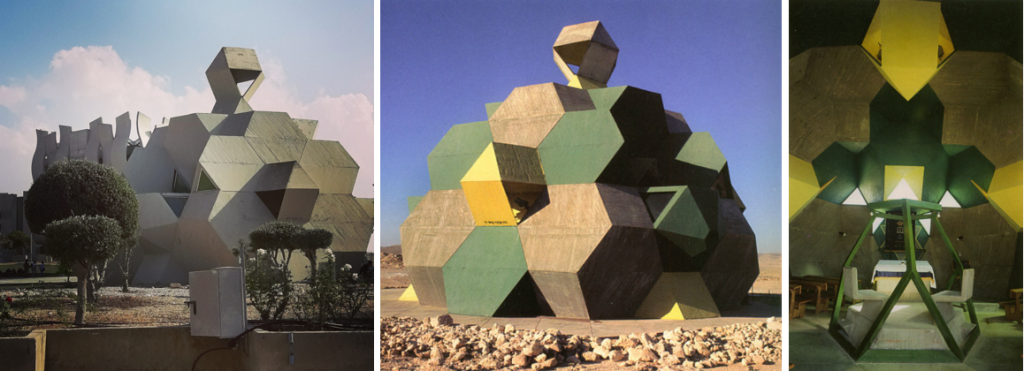
The Torah portions נִצָּבִים-וַיֵּלֶךְ (Nitsavim Vayelekh – “Stand” “And he went”)
contain a powerful biblical promise.
In verse 30:4:
אִם-יִהְיֶה נִדָּחֲךָ, בִּקְצֵה הַשָּׁמַיִם–מִשָּׁם, יְקַבֶּצְךָ יְיָ אֱלֹקיךָ, וּמִשָּׁם, יִקָּחֲךָ
Even if your exiles are at the ends of the heavens, the L-ord your G-od will gather you from there, and He will fetch you.
The recent discovery of the world’s oldest synagogue during excavations in the Taman Peninsula2 of the ancient Greek city of Phanagoria, Russia, highlights this promise of gathering the exiles. The synagogue is believed to have been in use from the 1st to the 6th century. Numerous artifacts have been collected by archaeologists, revealing a thriving Jewish community.
1 Deuteronomy 29:9 to 31:30
2 The Taman Peninsula, located in Russia on the eastern shore of the Black Sea, faces the Kerch Peninsula in Ukraine. These two peninsulas separate the Black Sea from the Sea of Azov and are connected by Europe’s longest bridge (18 km), the Crimean Bridge.









